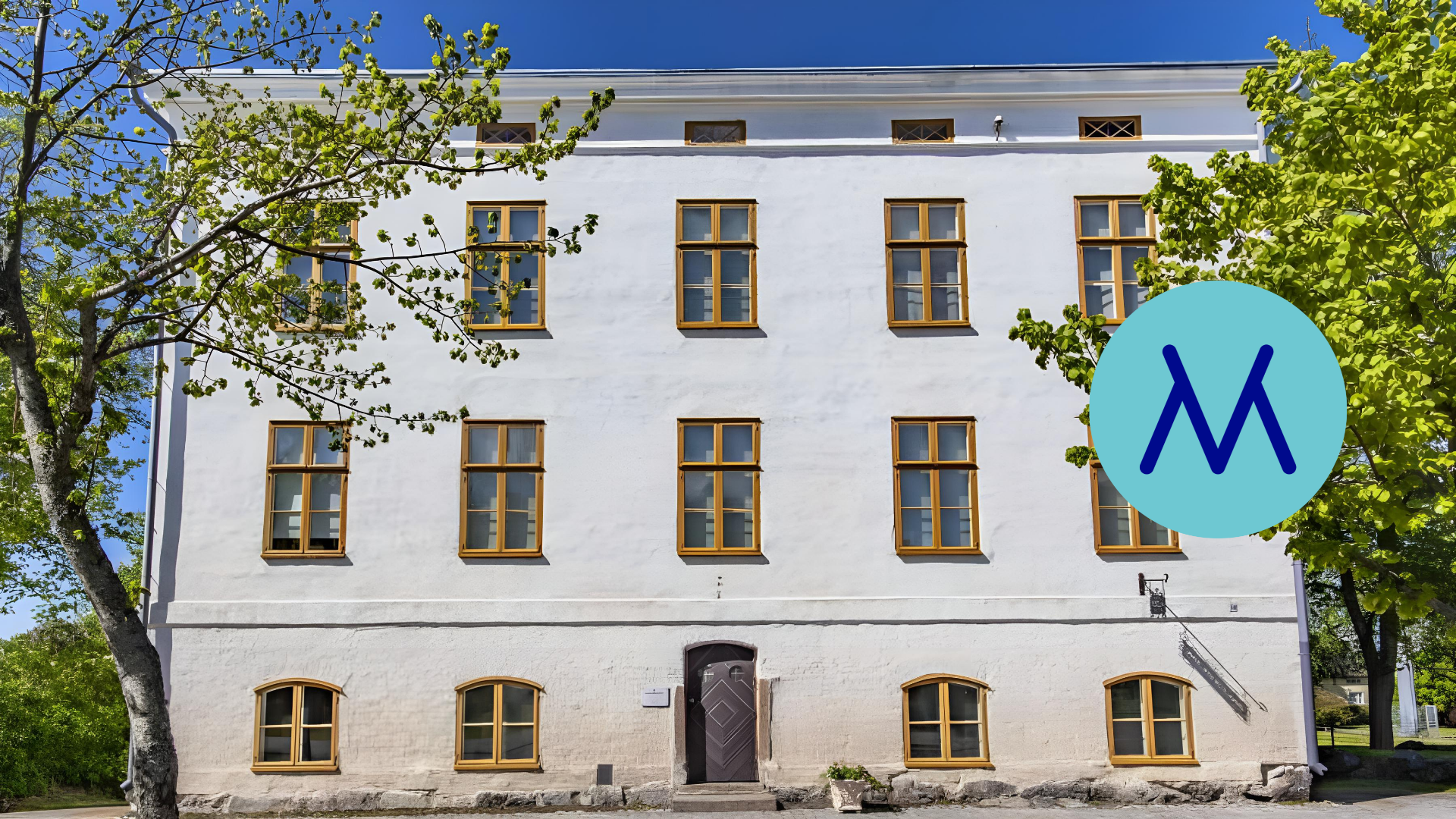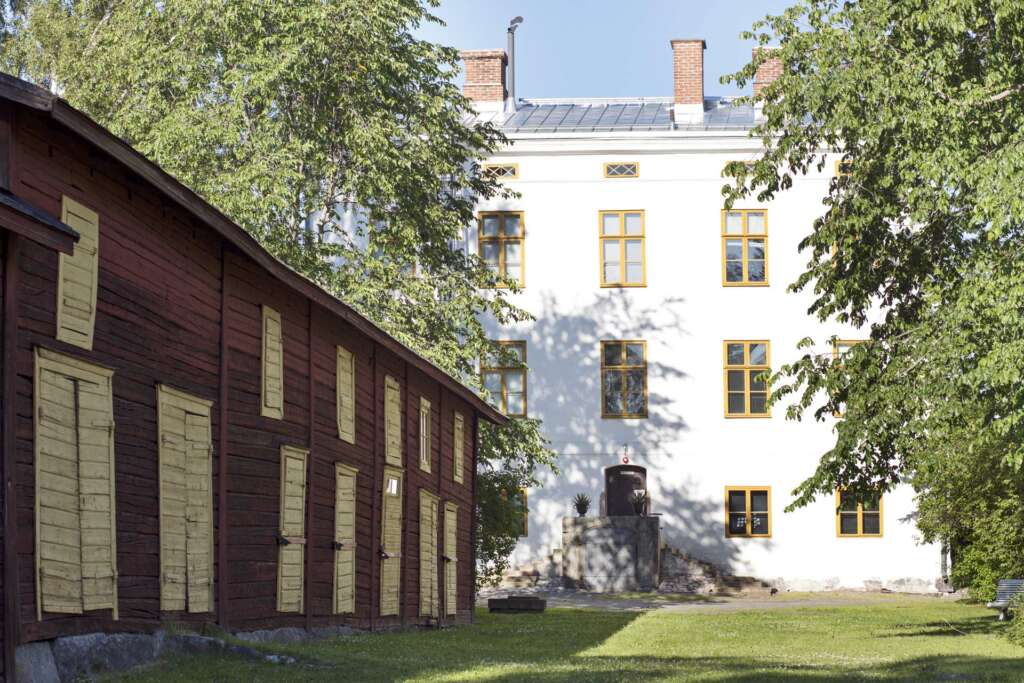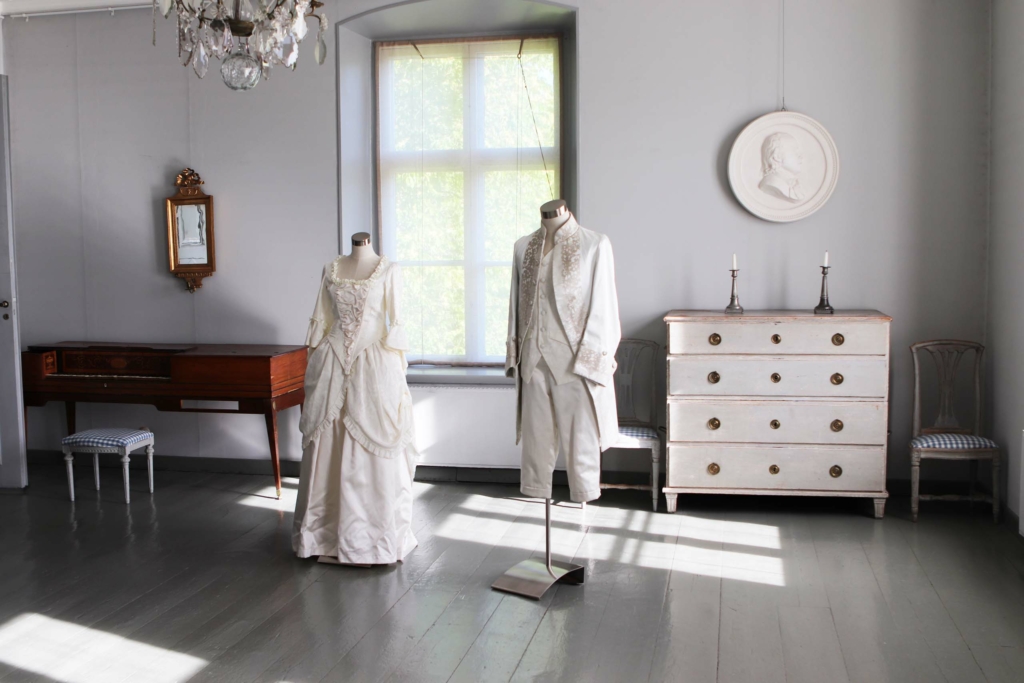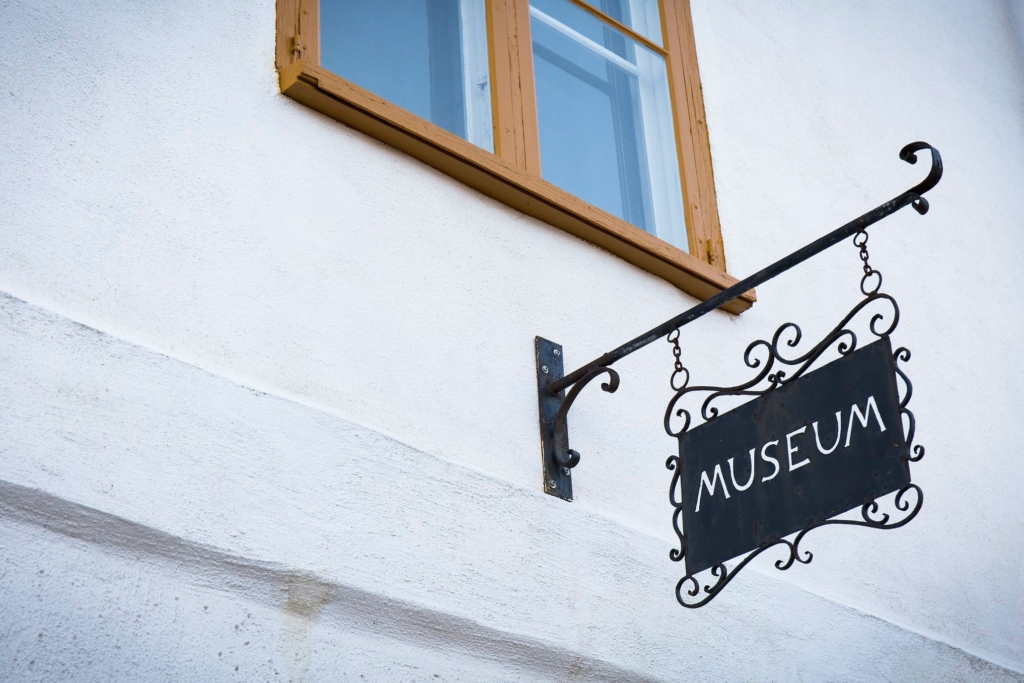
The Museum of Old Vaasa is located in the Wasastjerna House in the Old Vaasa district. Visitors can explore the history of Vaasa before the fire of 1852, which destroyed a large part of the city.

(June 4th – August 30th): Wednesday–Saturday, 10–17. Sunday - Tuesday closed.
Exceptional opening hours

The Café Falander's Cellar, located in the basement of the Museum of Old Vaasa, offers a unique setting in a vaulted space on the museum's first floor. Visitors can enjoy coffee, tea, and refreshments at the café.
The café is open during the museum's opening hours.
Kaféet är öppet under museets öppettider.
Explore the museums' exhibition and event calendar.
Discover our guided tour options.
Klicka här för närmare information om museernas adresser och tillgänglighet.
The Wasastjerna House was built between 1780 and 1781 by the shipowner, merchant, and member of the parliament Abraham Falander (1746–1815), who was ennobled as Wasastjerna. It was the city’s only private stone house to survive the fire of 1852. The building consists of two residential floors and two vaulted storage and cellar floors.
After Wasastjerna’s death, the house was rented out as a residence, and in the 1840s, it housed the Vaasa Gymnasium and the Vaasa Savings Bank. In the early 20th century, the building served as the Old Pharmacy of Vaasa. As part of the centennial commemoration of the Vaasa fire in 1952, the house was opened to the public as a museum.
In the 1950s, the museum’s courtyard was enhanced by relocating outbuildings from the new Vaasa to the edges of the yard, including an 18th-century shed from Sulva and the Louko cottage from Ylistaro, which according to lore, had been spared from the devastation of the Great Wrath.
The rooms of the museum are furnished in the style of bourgeois homes from the 18th and 19th centuries, with furniture and household items from that era, as well as items salvaged from the fires of Vaasa’s homes. The city’s miniature model and the shipowner’s office also shed light on life in bygone eras.
On the second floor, the museum presents the era of Russian rule, featuring interiors in the Empire and Biedermeier styles with period furniture. Additionally, there is a recreation of a 19th-century shipowner’s office, reflecting the activities of the merchant consul and shipowner Carl Gustaf Wolff in the city.
The third floor focuses on the era of Swedish rule. The rooms are predominantly furnished in the Gustavian style. One of the rooms is decorated as a bedroom with pull-out beds and dressing mirrors. There is also a room furnished with furniture from the Malander family.
The Museum of Old Vaasa +358 40 482 9816
Guided tour bookings (Ostrobothnian Museum) 06 325 3800
You can find all the contact information for Vaasa museums here.